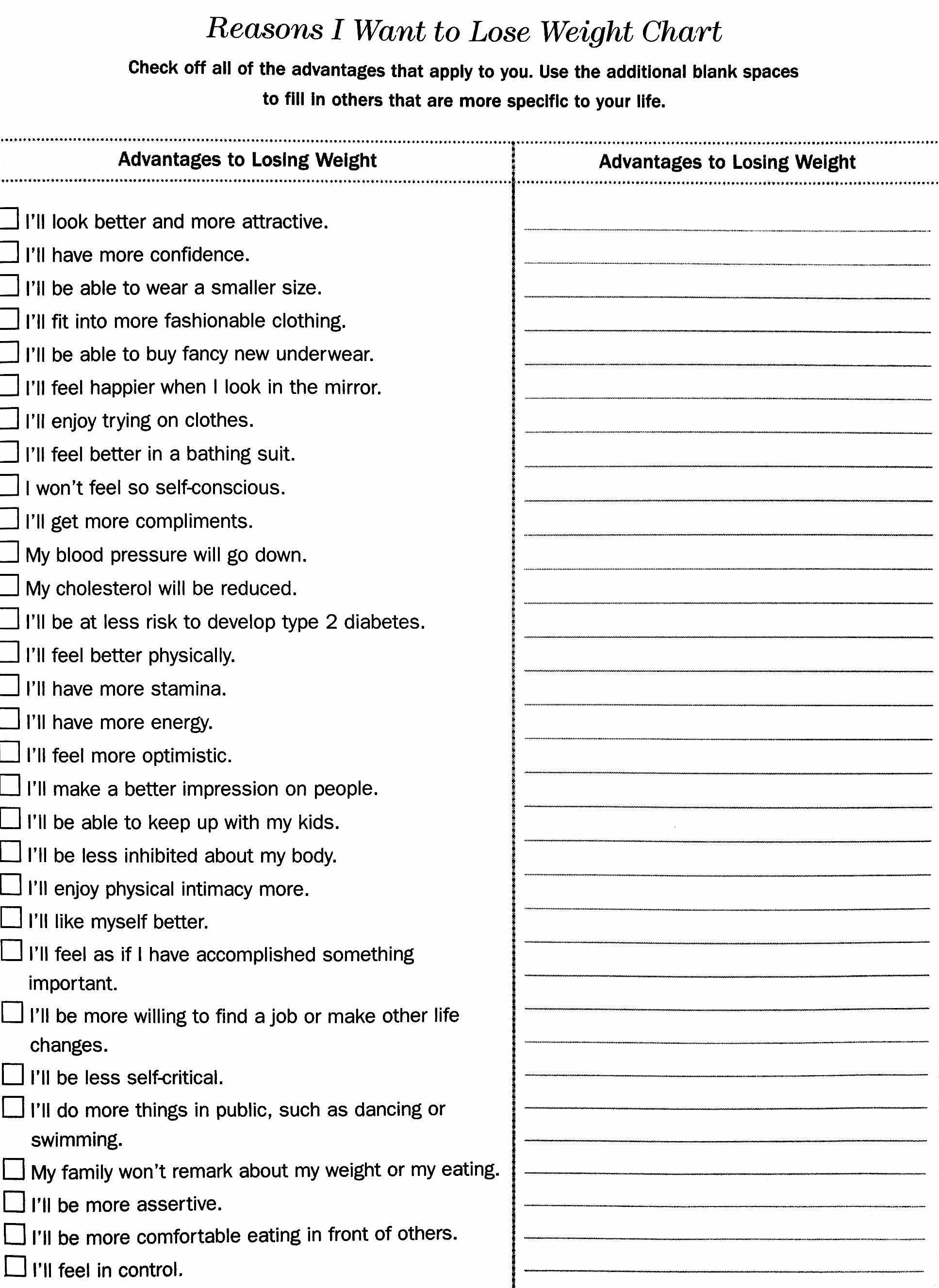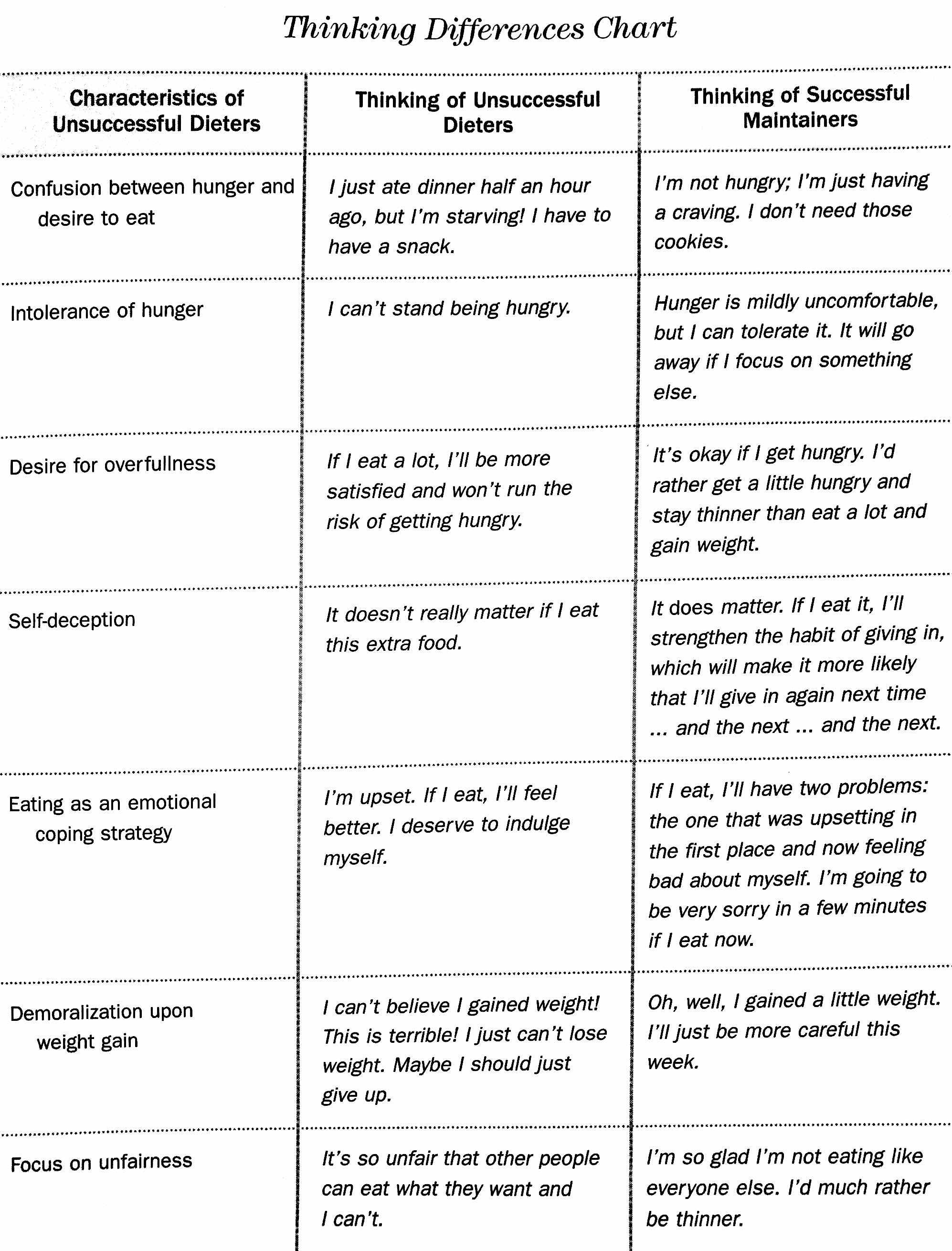The way your talk to yourself in your mind, otherwise known as self-talk, can have a major impact on your life, from your confidence to your decisions. Research has shown that a lot of our self-talk is negative, and works against us, rather than helping us. These negative thoughts often create feelings of frustration, irritation, anger, hopelessness and disappointment.
WHAT IS ‘SELF-TALK’?
You might not always be aware of it, but we all have self-talk. Self-talk is a positive or negative running commentary about our life. Our self-talk often happens without us noticing because we are often on ‘auto-pilot.’ We are so accustomed to our regular patterns of thinking, that we don’t reflect on how our thoughts are influencing us.
Changing Your Negative Self-Talk Can Help You:
- Feel better about yourself
- Boost your confidence
- Improve your social life
- Feel more in control of your life
- Be more optimistic and effective in life
- Improve athletic performance (researchers found 11-15% improvement with positive self talk)
- Improves academic performance
- Decrease school and work absences
Tips
- Self-talk works best when it is scripted ahead of time and practiced. (ie – If I am frustrated with myself when doing a race or workout – I regularly say “Mallory, you are enough, you are strong, and you are working hard).
- What works for each person is a matter of personal preference – so make sure your new changes are personalized for you.
- Addressing yourself by name is found to be more powerful than ‘I’ statements – (i.e. Mallory, you are going to have a good bike ride, all you need to do is start).
Negative Self-Talk Personalities
- The Worrier
…. creates anxiety by imagining the worst-case scenario and scares you with ideas of upcoming disaster. The worrier often over-reacts to the first physical symptoms of panic (such as sweaty palms, tightening chest or increased heart rate) and recycles thinking of over-exaggerated fears. The worrier is always vigilant and watching with uneasy anticipation for any tiny sign that trouble is ahead. It over-estimates the odds that something bad or embarrassing will happen and imagines scenes of failure and disaster. The worrier’s favorite expression is “what if…” Our self-talk from the worrier’s perspective will say “Oh no! My chest feels tight. What if I panic, and lose control.” “What if I’m alone and there is no one around to help me?” What if I do something that is really embarrassing?” This fear can immobilize a person and keep them from really living, because of the anxiety that it produces.
2. The Critic
…is the part of you that is constantly judging and evaluating your behavior and promotes a low self-esteem. It tends to point out your flaws and shortcomings at every opportunity. It emphasizes your mistakes and reminds you that you are a failure. It tends to ignore your positive qualities and emphasizes your weaknesses and shortcomings at an unproportional amount. The critic generates anxiety by putting you down for not being able to handle your symptoms of fear or anxiety, for not being able to go places that you previously were able to go, or for having to rely on someone else. It also loves to compare you to others with you always falling short. The critic’s favorite expressions are: “What a disappointment you are!”, “That was stupid”, “Can’t you ever get it right?”, “I am unworthy of others”, or “I am not good enough”.
3. The Perfectionist
…is a close cousin to the critic because it is less concerned about putting you down, but relentlessly tries to push you to do better, and is rarely satisfied. It promotes chronic stress and burnout. It keeps reminding you that you can always do better and you should be working harder, your efforts are not good enough, you should always be pleasing, competent, and should always have everything under control. The critic’s favorite expressions are: “I should… I have to …”. It wants you to be the best and is intolerant of mistakes or setbacks. It tries to convince you that your self-worth is dependent on external indicators such as : work/school/job achievement, money, status, acceptance by others, or the ability to please others. The perfectionist pushes you into stress, exhaustion and burnout.
4. The Victim
…is the part of you that feels helpless or hopeless and promotes depression. It believes that there is something inherently wrong with you, and there must be something deprived, defective or unworthy about you. It generates anxiety by assuming that you will never be cured, and assumes the road to recovery is way too steep because you are not making any progress. Victims feel as you are stuck and things will never change, no matter what you do. The victim’s favorite expression is: “I can’t”, and “I never will be able to”. “I have had this problem too long and I will never get better”, “I’ve tried everything and nothing ever seems to work.”
Countering Negative Self-Talk
The best way to stop the effects of negative self-talk is to counter it with positive, self-compassionate, and supportive statements. It starts by writing down and rehearsing statements that directly refute and invalidate your negative self-talk. Remember, your negative, anxiety producing, self-statements have been reinforced for years, and it will take some practice and time to get rid of them. You must slow down your automatic thoughts, and really pay close attention to what you are saying to yourself. These four sub-personalities will help you to decipher which is your favorite way to generate anxiety.
Some of your expressions are simply bad habits and you don’t want to be deceived by them any more. Some are deep seated and you still believe that they are true. You can weaken the hold of your negative self-statements by exposing them to the following questions:
What is the evidence for this?
Is it always true?
Has this always been true in the past?
What is the realistic percentage of this really happening?
What is the very worse that this could happen? What would you do if the worse did happen?
Are you looking at the whole picture?
Are you being completely objective?
After noticing the negative self-talk thoughts in your mind, another way to improve your headspace is to add positive coping thoughts. Examples of coping thoughts might be:
- Stop, and breathe, I can do this
- This will pass
- I can be anxious/angry/sad and still deal with this
- I have done this before, and I can do it again
- This feels bad, it’s a normal body reaction – it will pass
- This feels bad, and feelings are very often wrong
- These are just feelings, they will go away
- This won’t last forever
- Short term pain for long term gain
- I can feel bad and still choose to take a new and healthy direction
- I don’t need to rush, I can take things slowly
- I have survived before, I will survive now
- I feel this way because of my past experiences, but I am safe right now
- It’s okay to feel this way, it’s a normal reaction
- Right now, I am not in danger. Right now, I’m safe
- My mind is not always my friend
- Thoughts are just thoughts – they’re not necessarily true or factual
- This is difficult and uncomfortable, but it’s only temporary
- I can use my coping skills and get through this
- I can learn from this and it will be easier next time
- Keep calm and carry on
Sources
“The Anxiety and Phobia Workbook” by Edmund J. Bourne, p. 164-168.
Helmstetter, 1982; Stranulis & Manning, 2002

















